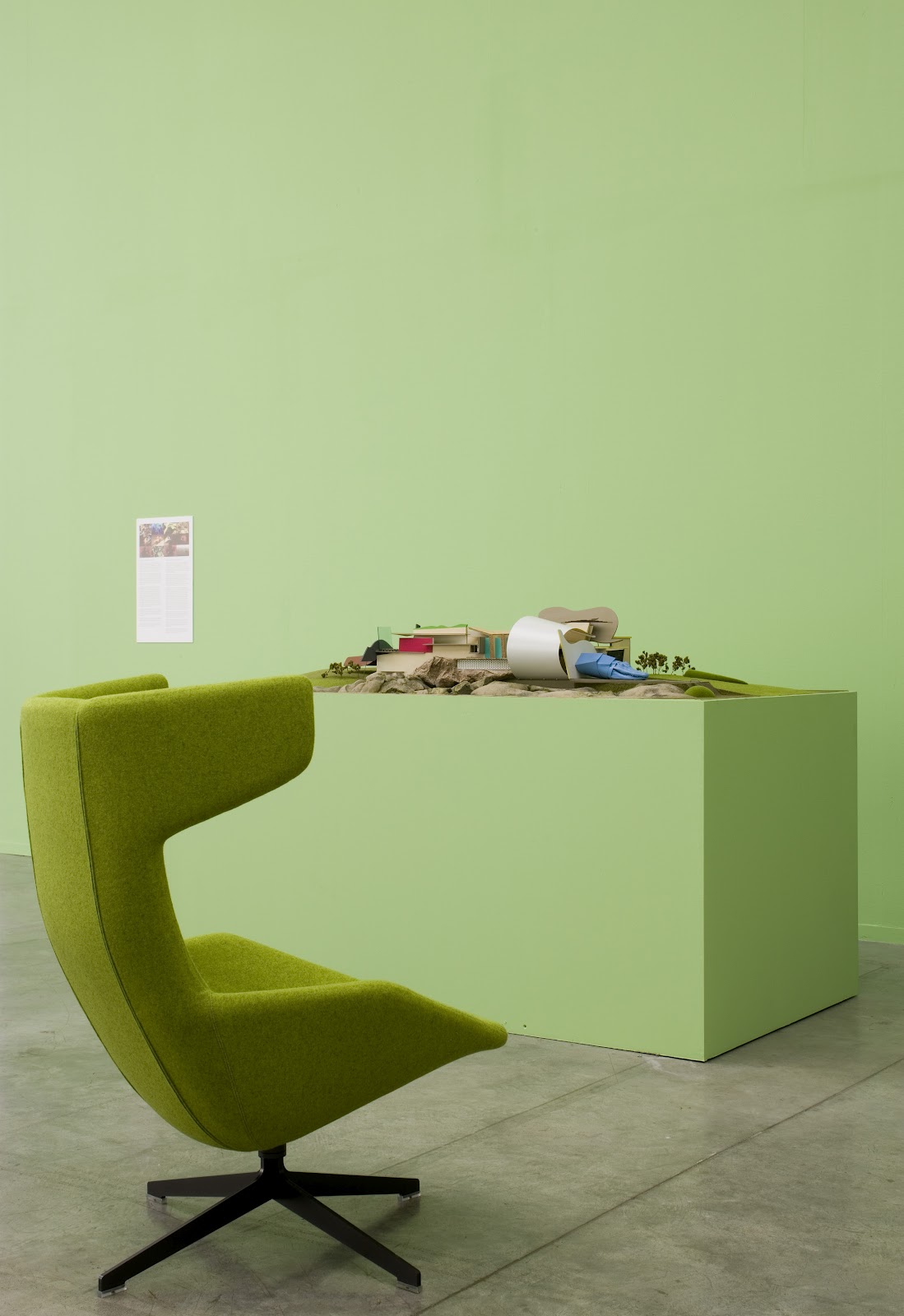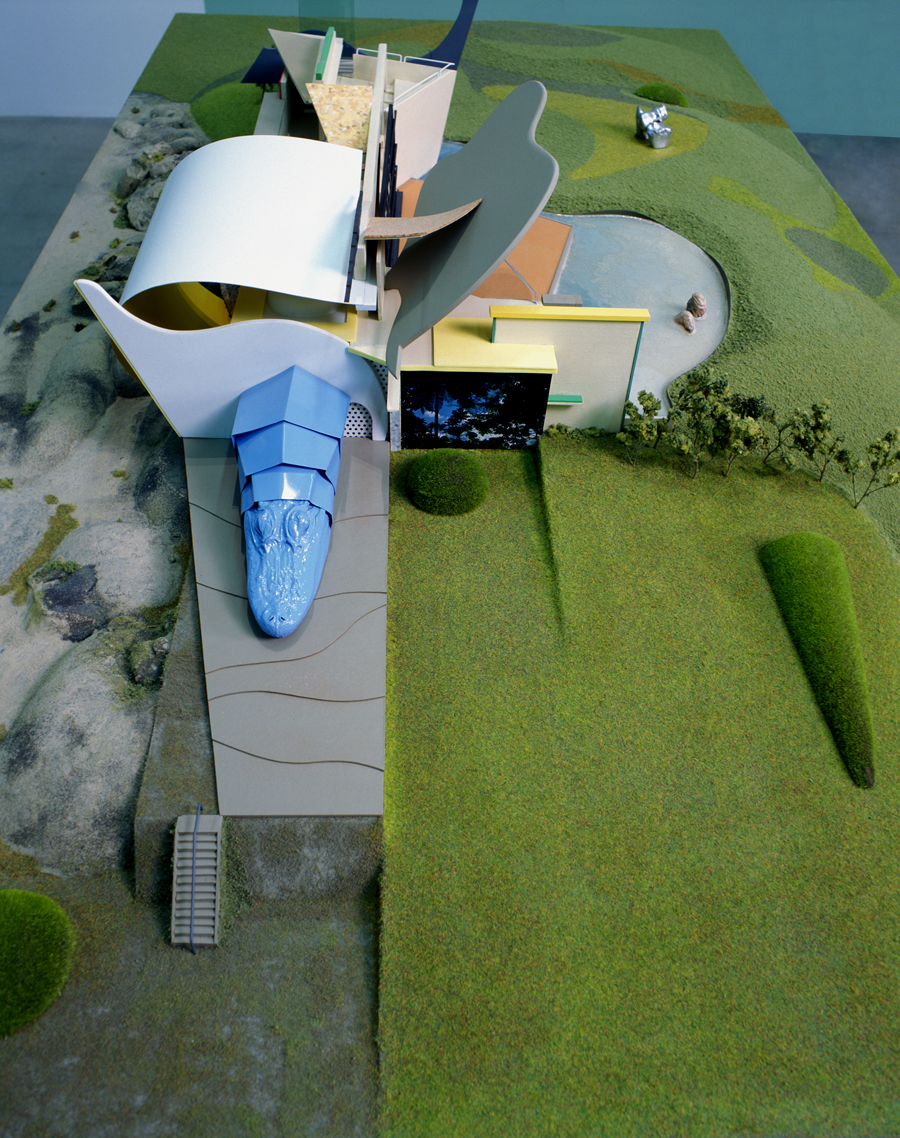Monet's Piranha Soup
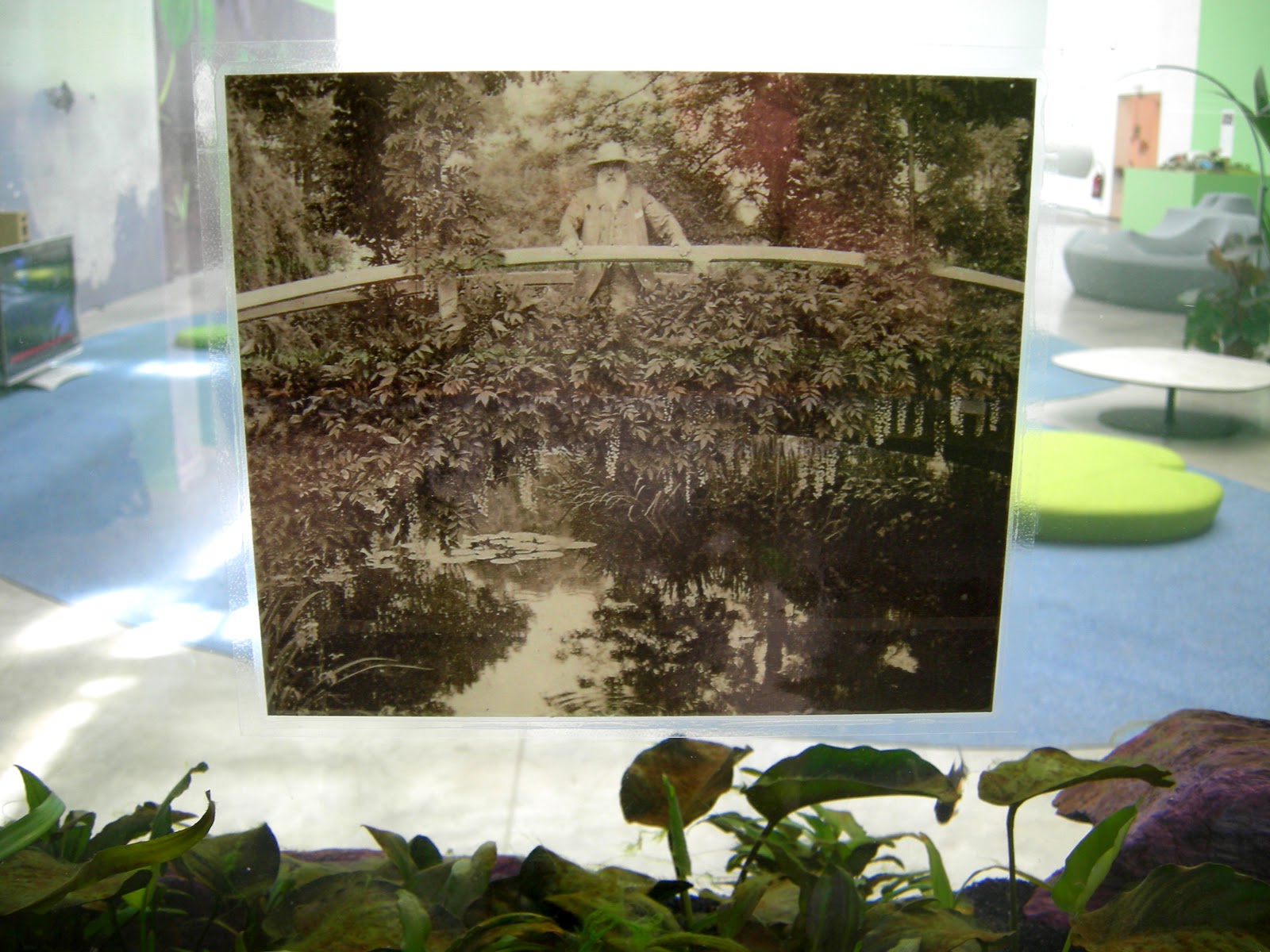
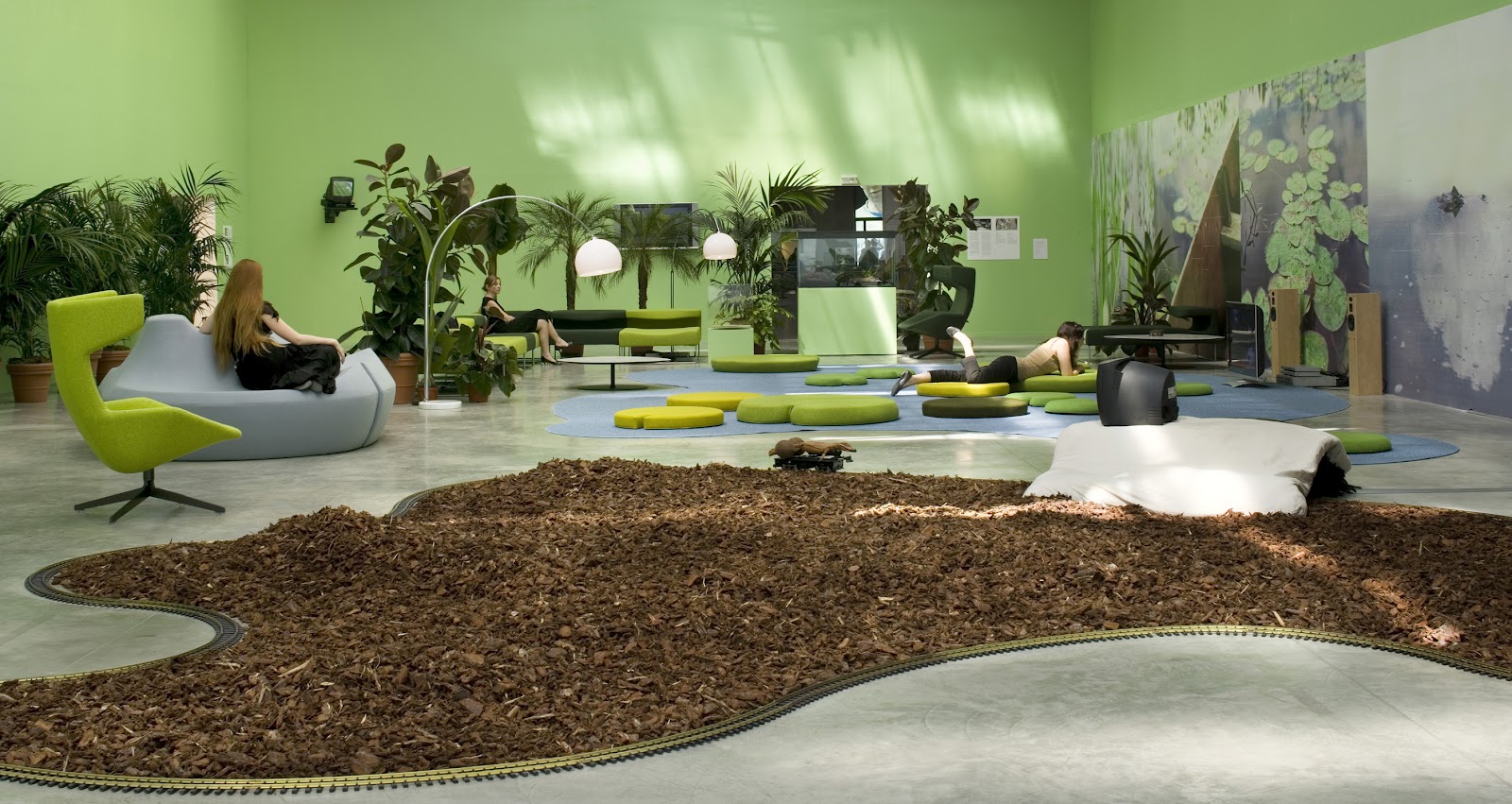
A couple of German photographers staying at the posada gave me a ride to the riverfront. This was the very beginning of the Paraguay River, the largest tributary of the Paraná, renamed Phison according to Antonio de León Pinelo.(1) The Germans settled their tripods under the trees and sat to wait for some specific exotic bird to appear. I went fishing with Chico, who had a small boat tied to the dock. The river at that location is just a big lagoon full of camalotes.(2) Among these islands of lotus flowers, Camel grass, and water lilies, I finally understood Monet's introspective romance with perception. His pond was a relocation site for Plato's cave. In there he would focus on the elusive reflections of light flickering over the water's surface, exercising a Zen-like form of visual meditation. I could also spend the rest of my days enchanted in the quiet contemplation of this swamp.
Fishing piranhas is the easiest job. Once they smell blood they swim towards it so fast that they bounce against each other, jumping in the air so that some fall inside the boat on their own accord. We fished many piranhas very quickly avoiding their sharp teeth, and more were coming. The turmoil created by their eating frenzy resembles the New York stock exchange: their voraciousness is such that they end up eating each other. By now the stoic jacarés stationed around the boat got into the action and started gulping the piranhas as if they were peanuts. Suddenly surrounded by an escalating chain of carnage we decided it was time to leave. When we made it to shore the Germans were waiting for us, slapping themselves under a cloud of mosquitoes. We rapidly drove back to the fazenda.(3) After showering I had a couple of drinks on the porch. Swinging slowly in the hammock felt like a reward for the mosquito escape. In the pastoral landscape of globalization the creatures of the swamp reflect the capitalist spirit at its best: for them anything that moves is up for grabs. The dinner menu was predictable: piranha soup.
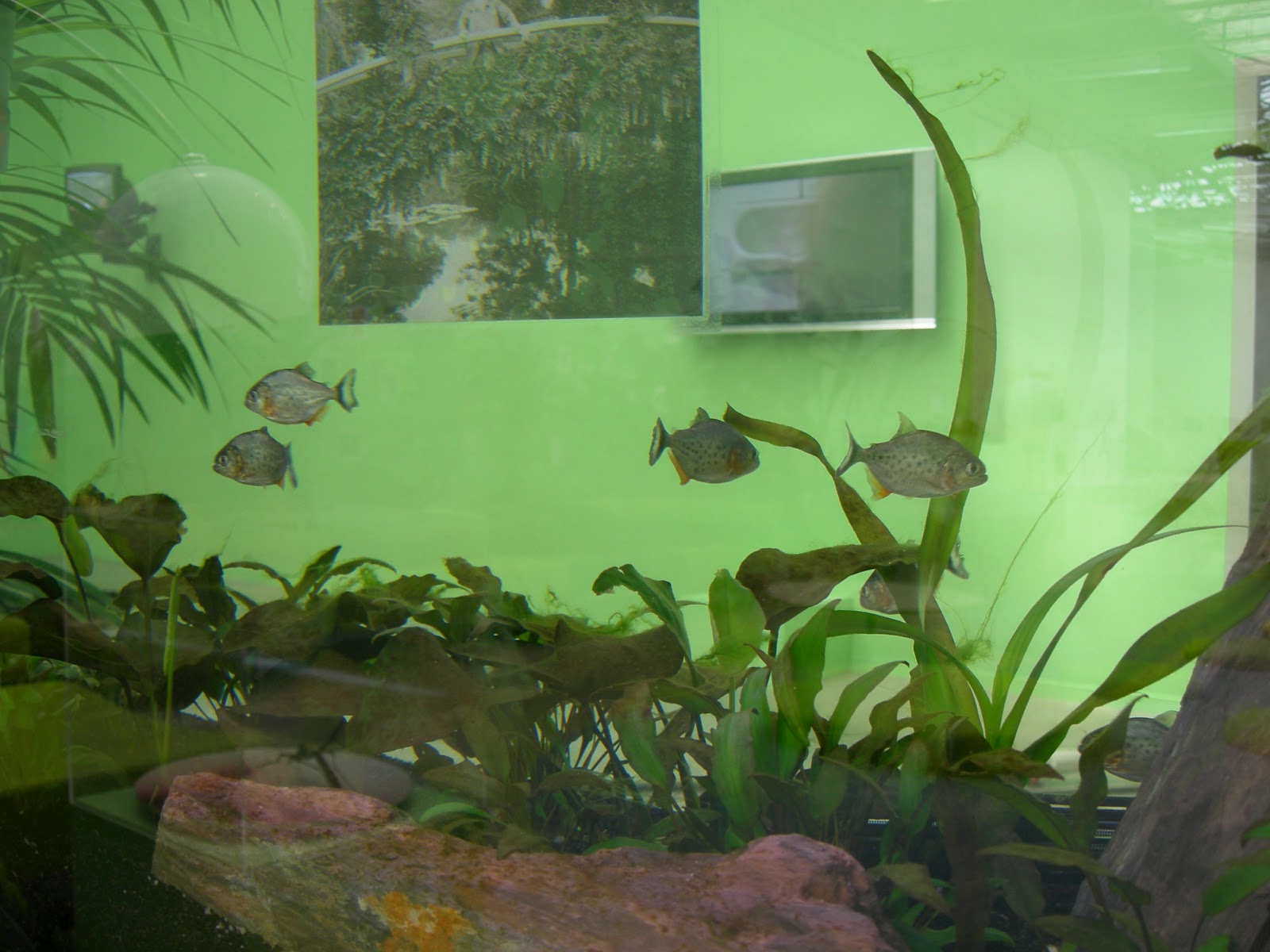
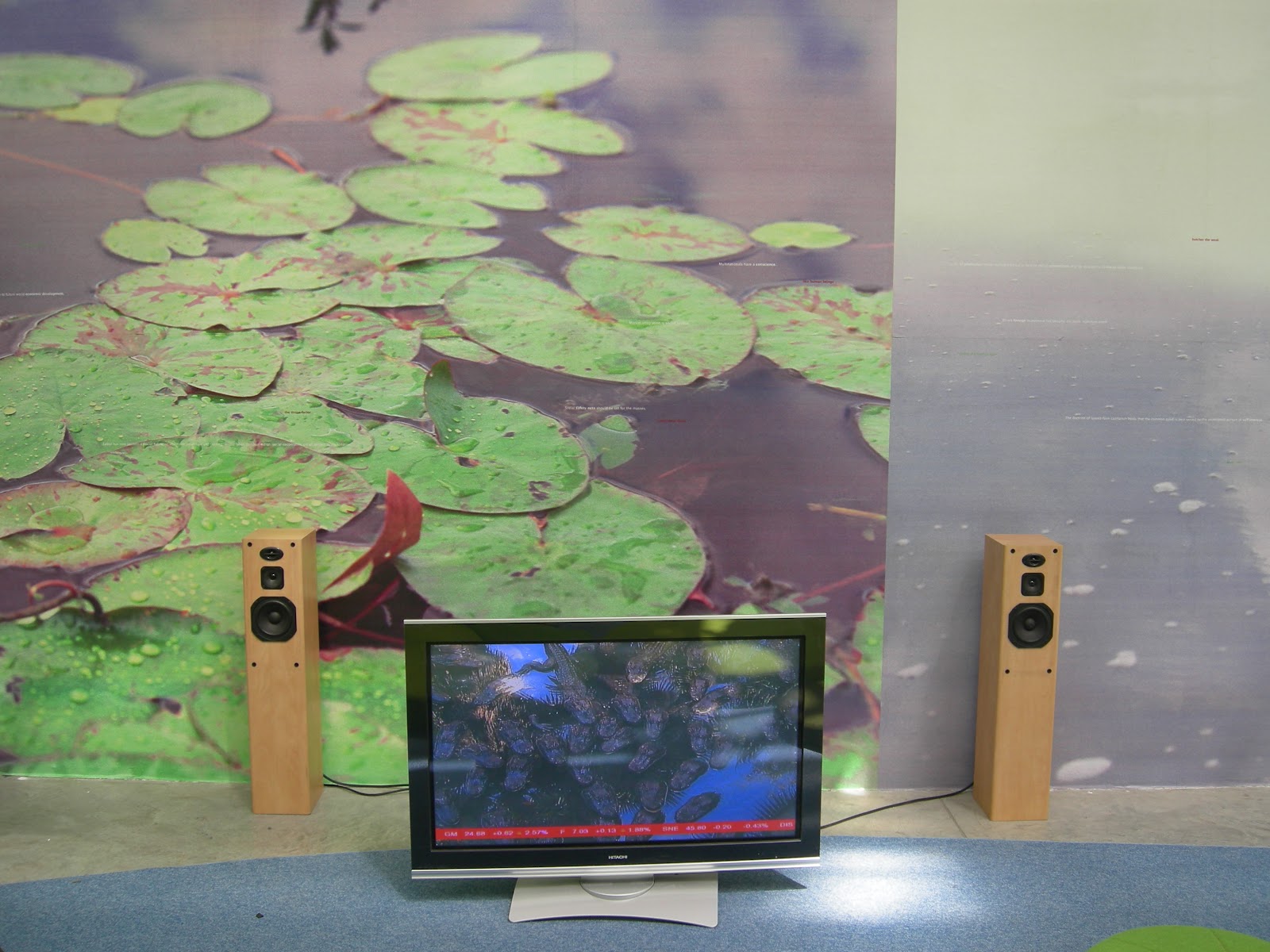
NOTES
1. The belief that the main rivers of the continent were interconnected and the possibility of them springing from the same source seemed plausible in the seventeenth century. It is from the analysis and comparison of the written testimonies of different navigators who claimed to have sailed between these rivers that Leon Pinelo accepted the theory of a single source. Chapter III of the second book and chapters I and VI to XIV of the fifth book of El Paraíso en el Nuevo Mundo are dedicated to the analysis and comparison of these testimonies. The belief in a single source lead the author of the book to elaborate a biblical interpretation that suggested that the four rivers of Eden were the Amazon (Gehon), the Paraguay-Parana (Phison), the Orinoco (Perath) and the Magdalena (Hidekel).
2. Camalote: m. a South Am. river plant resembling a floating island.
3. Fazenda: ranch.
